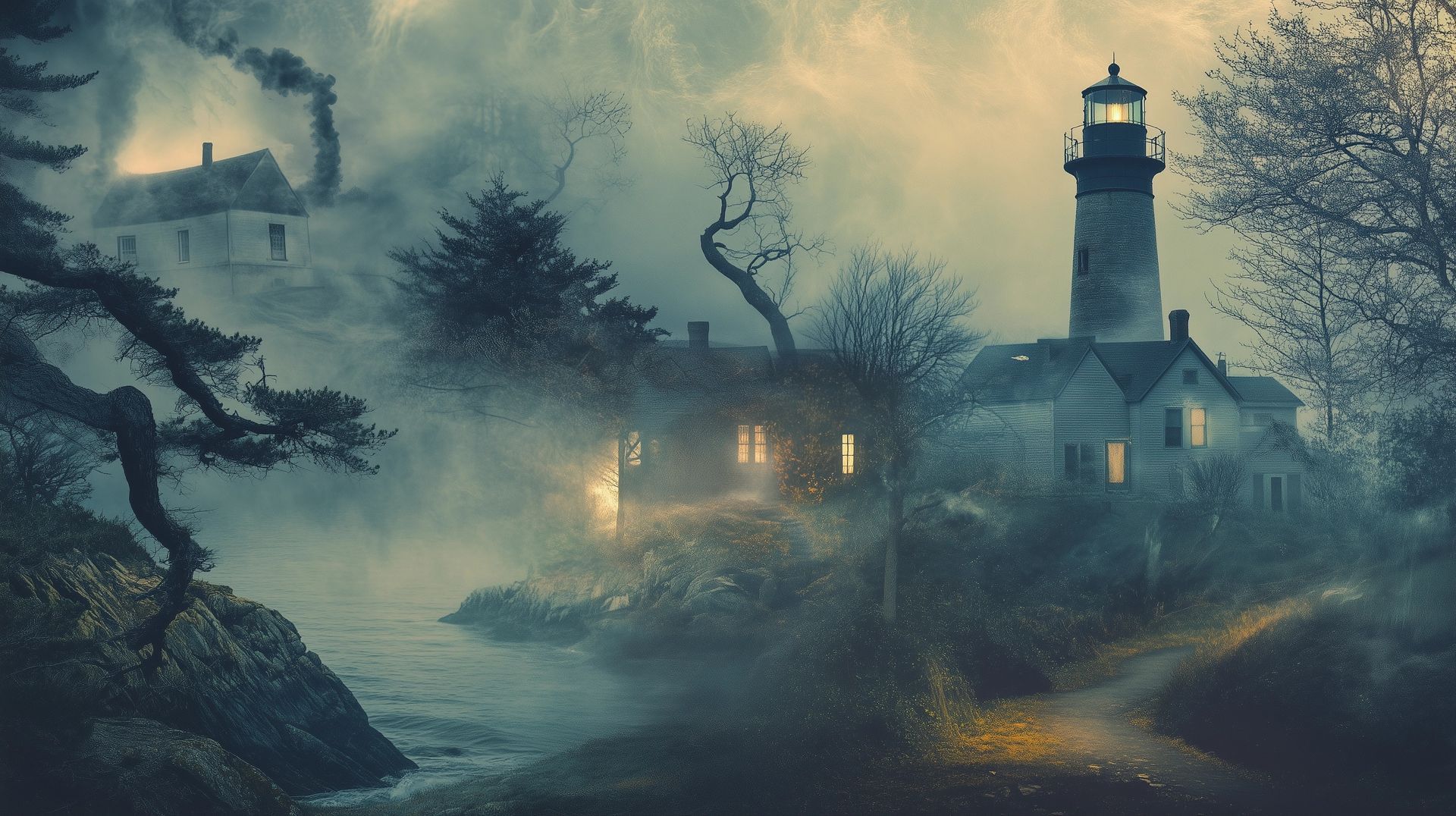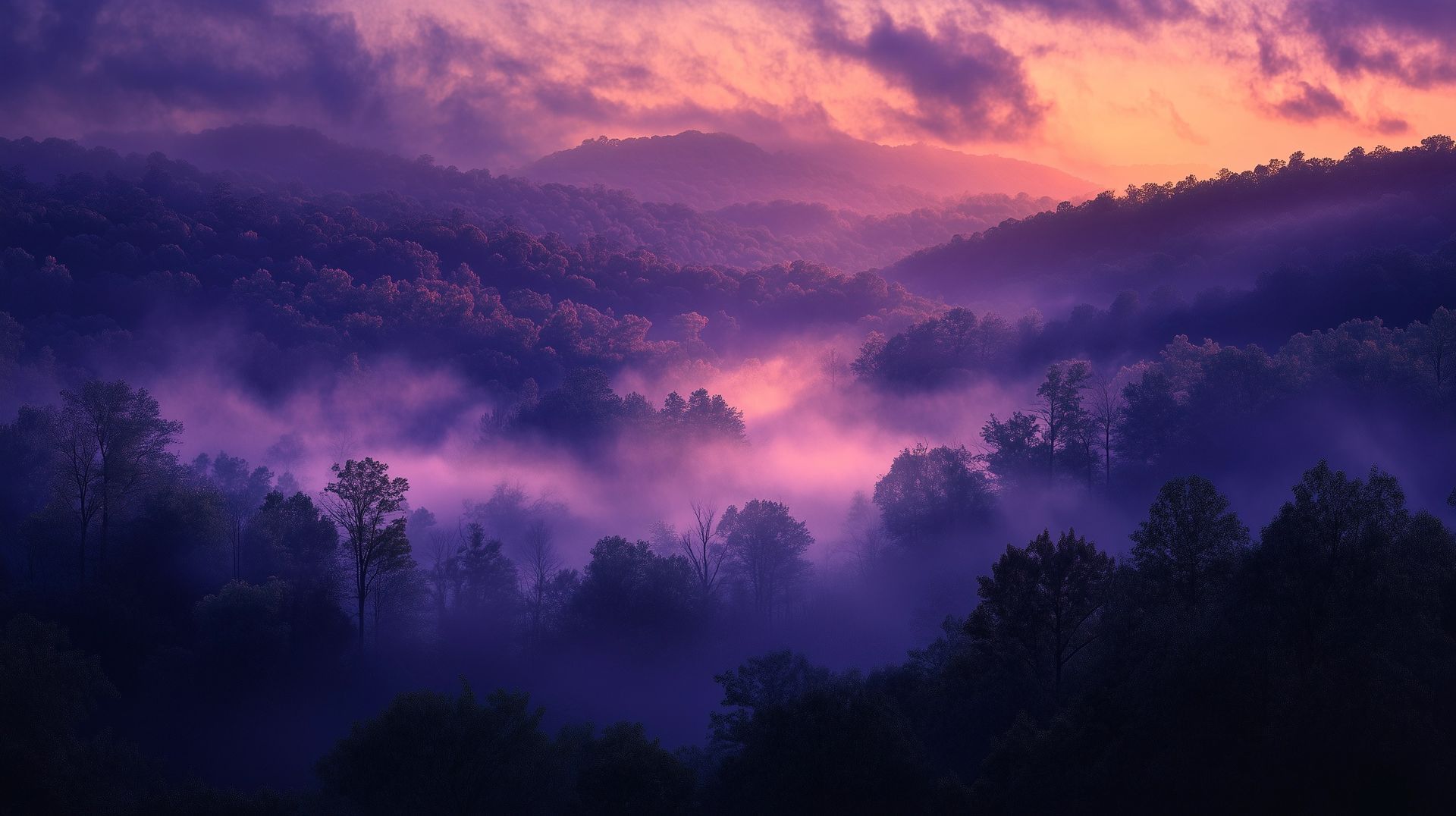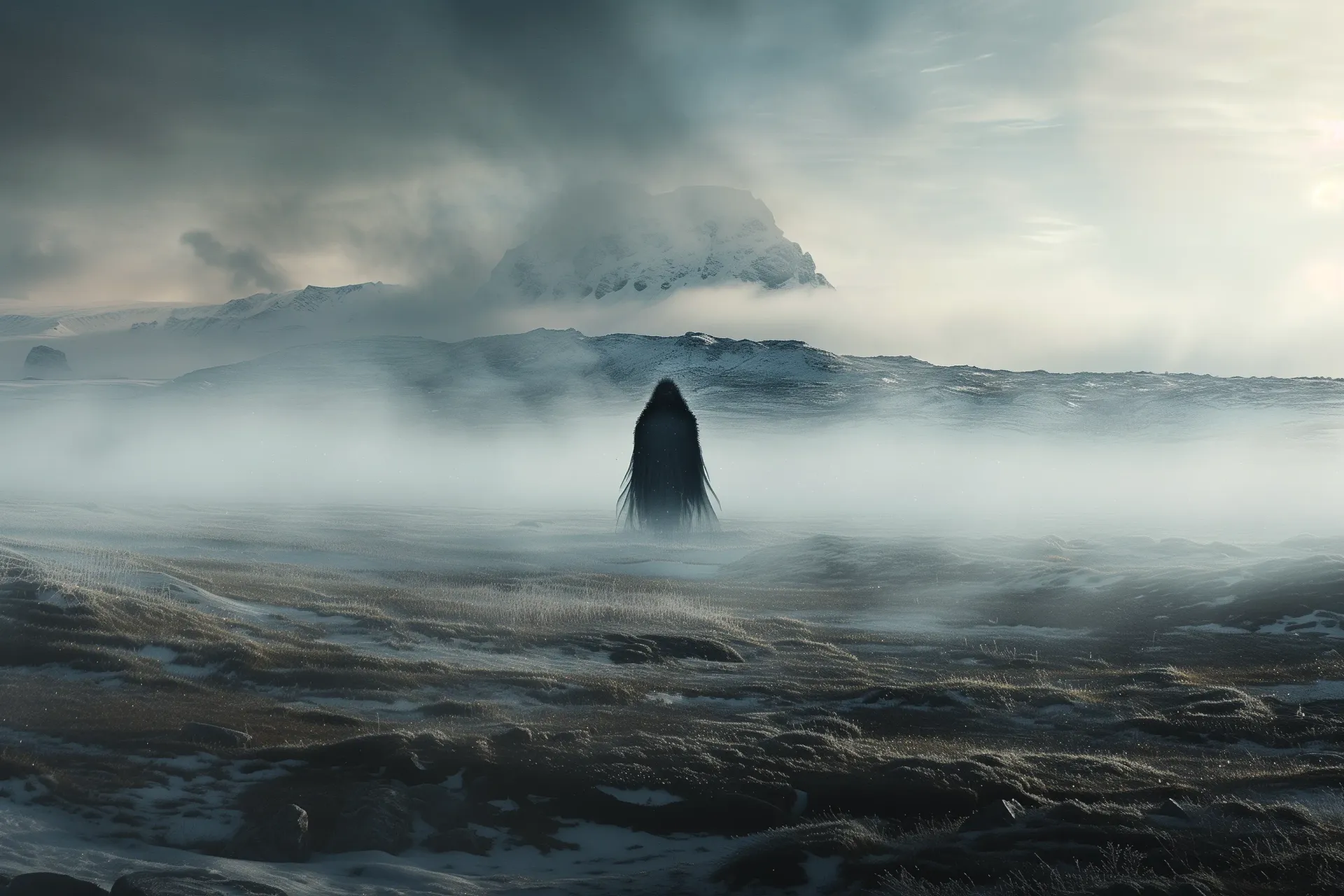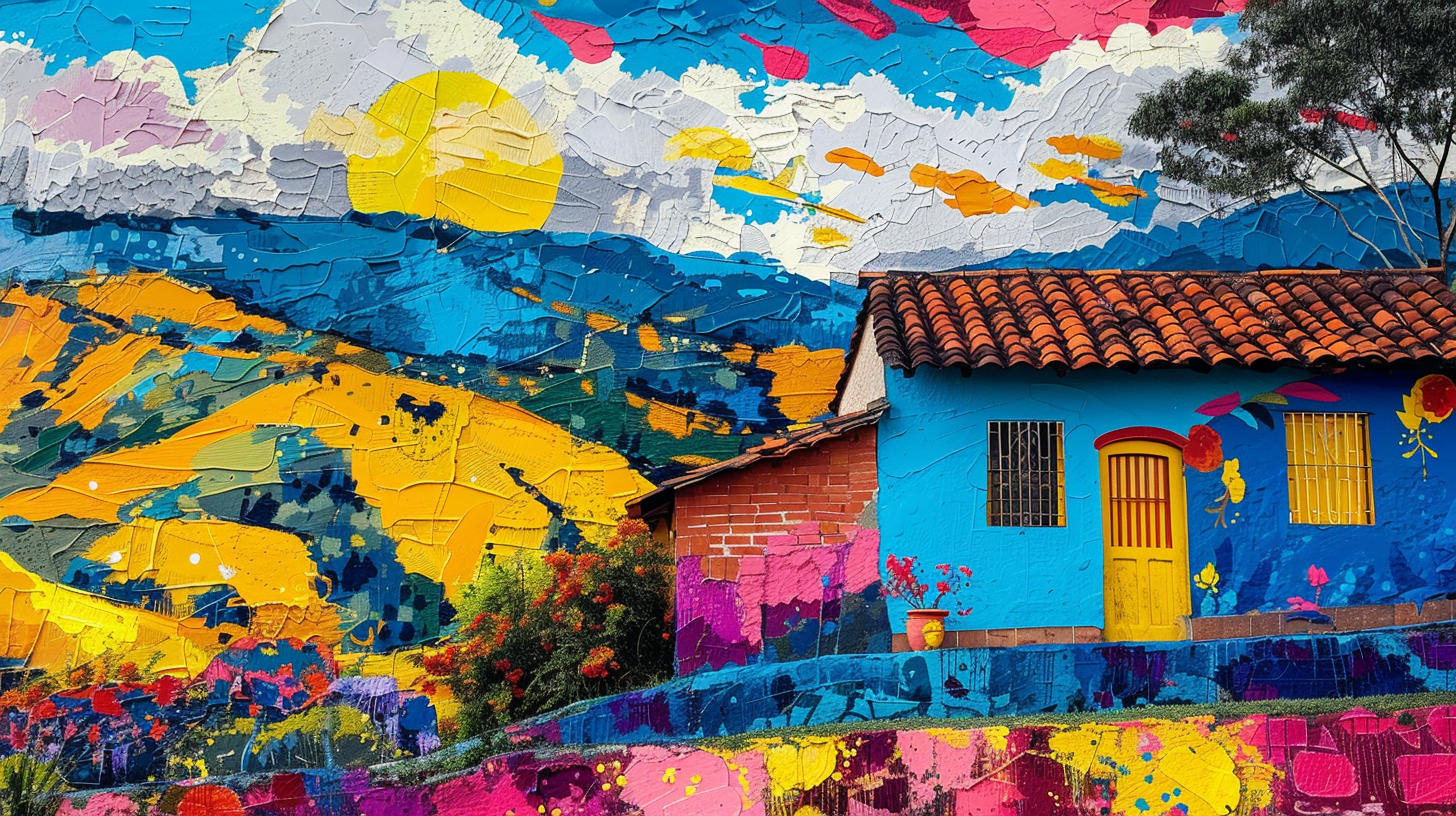12 dark tales of Louisiana folklore & some modern day lessons
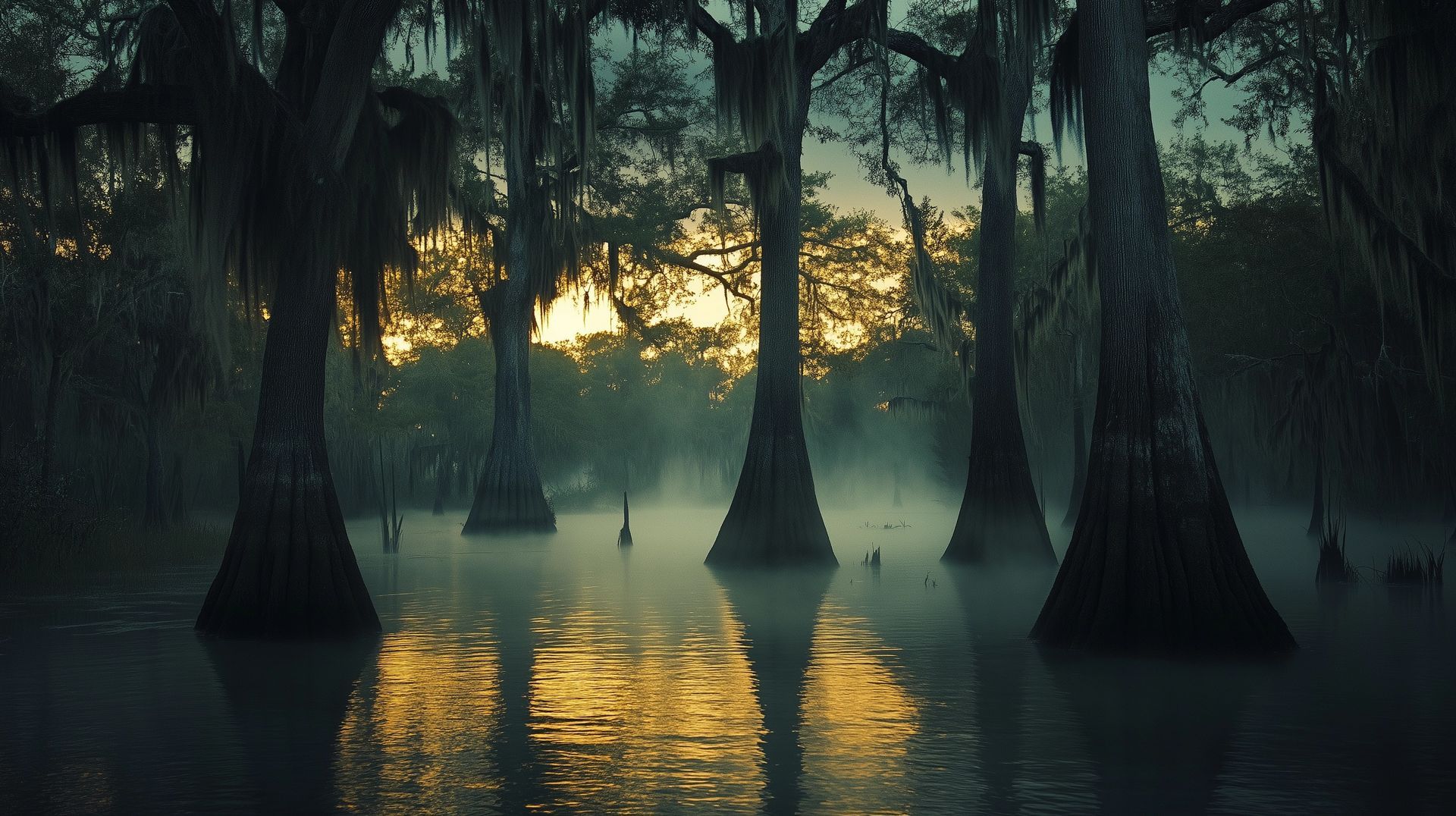
In this article:
1. The Rougarou: the Cajun Werewolf
2. Marie Laveau: the Voodoo Queen
3.The Casket Girls of New Orleans
4.The Honey Island Swamp Monster
5. Evangeline: the story of Acadian exile
6. The Grunch - New Orleans’ Urban Legend
7. Jean Lafitte - the pirate and the patriot
8. The Legend of LaLaurie Mansion
9. The Loup-Garou of Prairie Laurent
10. The vampire of Bayou Goula
Louisiana is an intriguing US state where history, culture and legend all seem to blend together—especially when you step into its folklore.
From tales of Cajun folklore creatures lurking in the swamps to stories of mysterious figures who shaped the local culture, Louisiana’s folklore is as rich and varied as its gumbo (and that gumbo is gooood!). These are more than just ghost stories or tall tales—they’re windows into the fears, hopes and values of times gone by and the people who passed them down.
In this article, i've got 12 curious stories from Louisiana’s folklore, each with a lesson that still resonates today. Some will make you raise an eyebrow, others might get a chuckle, but all will hopefully give you a fresh perspective on this unique part of the world.
Let's go!
Published: 12th Sep 2024
Author: Sean Nixon
1. The Rougarou: the Cajun Werewolf
The Rougarou, or Louisiana’s own version of the werewolf, is a well-known figure in Cajun folklore. Picture a creature stalking through the bayou, part-man, part-wolf, with glowing red eyes that can see straight into your soul.
Cajun folklore says the Rougarou preys on those who don’t follow the rules—particularly those who break Lent (which is one way to keep people in line, I guess!).
In some versions of the tale, the Rougarou is a cursed human, trapped in beastly form for 101 days unless they can pass the curse on to someone else.
It's a classic "misery loves company" situation. If you ever find yourself face to face with the Rougarou, don’t worry. All you have to do is stay silent about the encounter for a year and a day, or else—you guessed it—you’ll become the next Rougarou.
A lesson for our modern lives:
Fear of the unknown is something we can all relate to, whether it’s a creature lurking in the swamps or that email from HR you’ve been dreading.
The Rougarou serves as a reminder that sometimes, the scariest thing is what we don’t understand. I suppose it's also intended as a warning to follow the "rules". Which i can agree with to some extent, for common sense rules that prevent physical harm and don't infringe on individual rights. But not all rules were made to be followed...
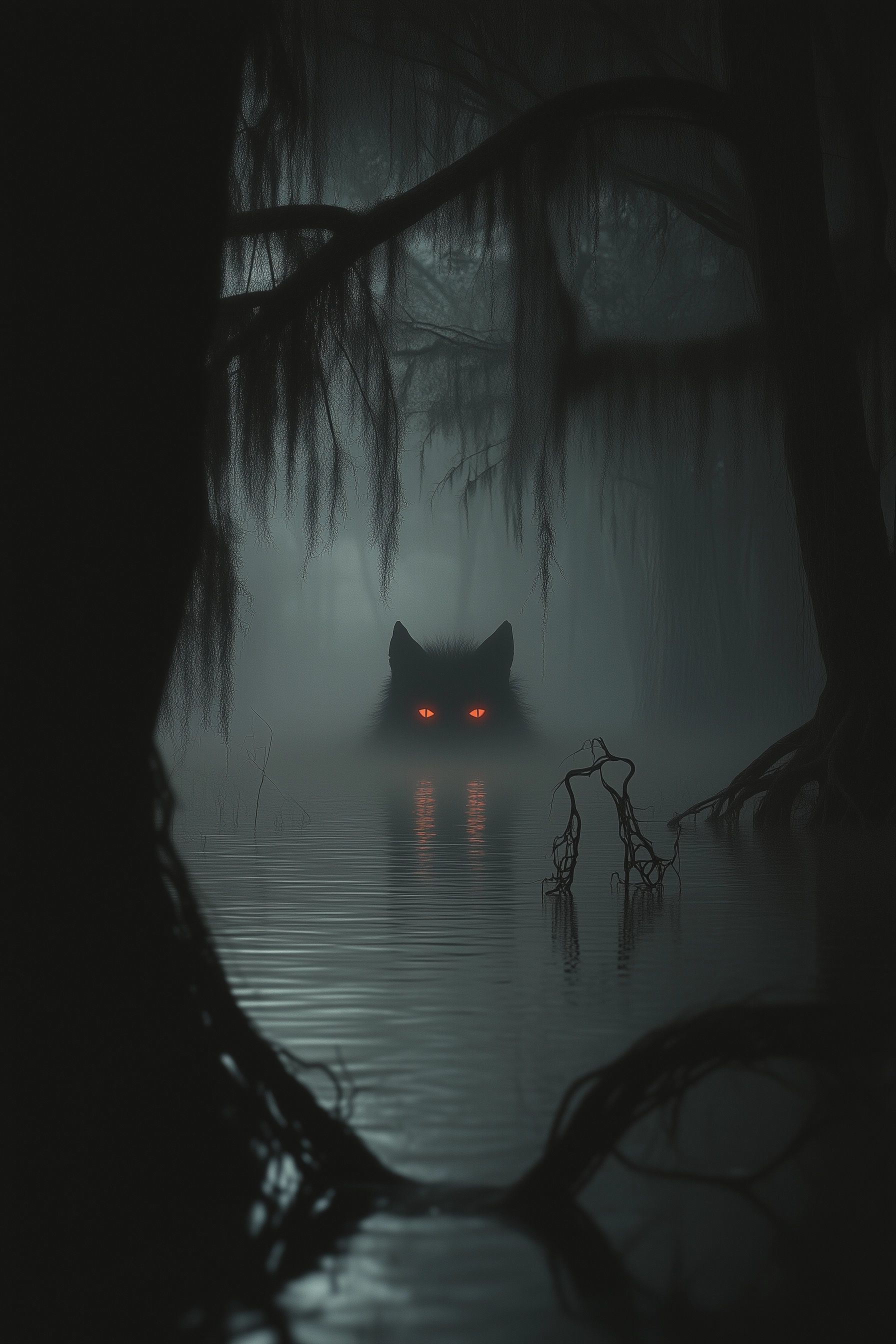
2. Marie Laveau: the Voodoo Queen
Marie Laveau is a name that’s become almost as legendary as the city of New Orleans itself.
Born in the early 1800s, she rose to fame (and perhaps a little infamy) as the Voodoo Queen of New Orleans. Laveau was a skilled practitioner of Voodoo, but she was also a healer, a community leader and a powerful woman in a time when those things were hard to come by.
Her legacy is a bit complicated. To some, she was a benevolent figure, using her influence to help the sick and oppressed. To others, she was a mysterious and potentially dangerous woman who dabbled in dark arts.
Either way, she knew how to command respect and maintained a loyal following until her death—though some people claim she’s still hanging around in spirit form.
A lesson for our modern lives:
In an era when alternative medicine and spiritual practices are once again gaining popularity, Marie Laveau’s story feels especially relevant.
Whether it’s crystal healing or meditation apps, we’re still looking for ways to connect with something bigger than ourselves. And like Laveau, people today are figuring out how to navigate between tradition and innovation, balancing skepticism and belief.
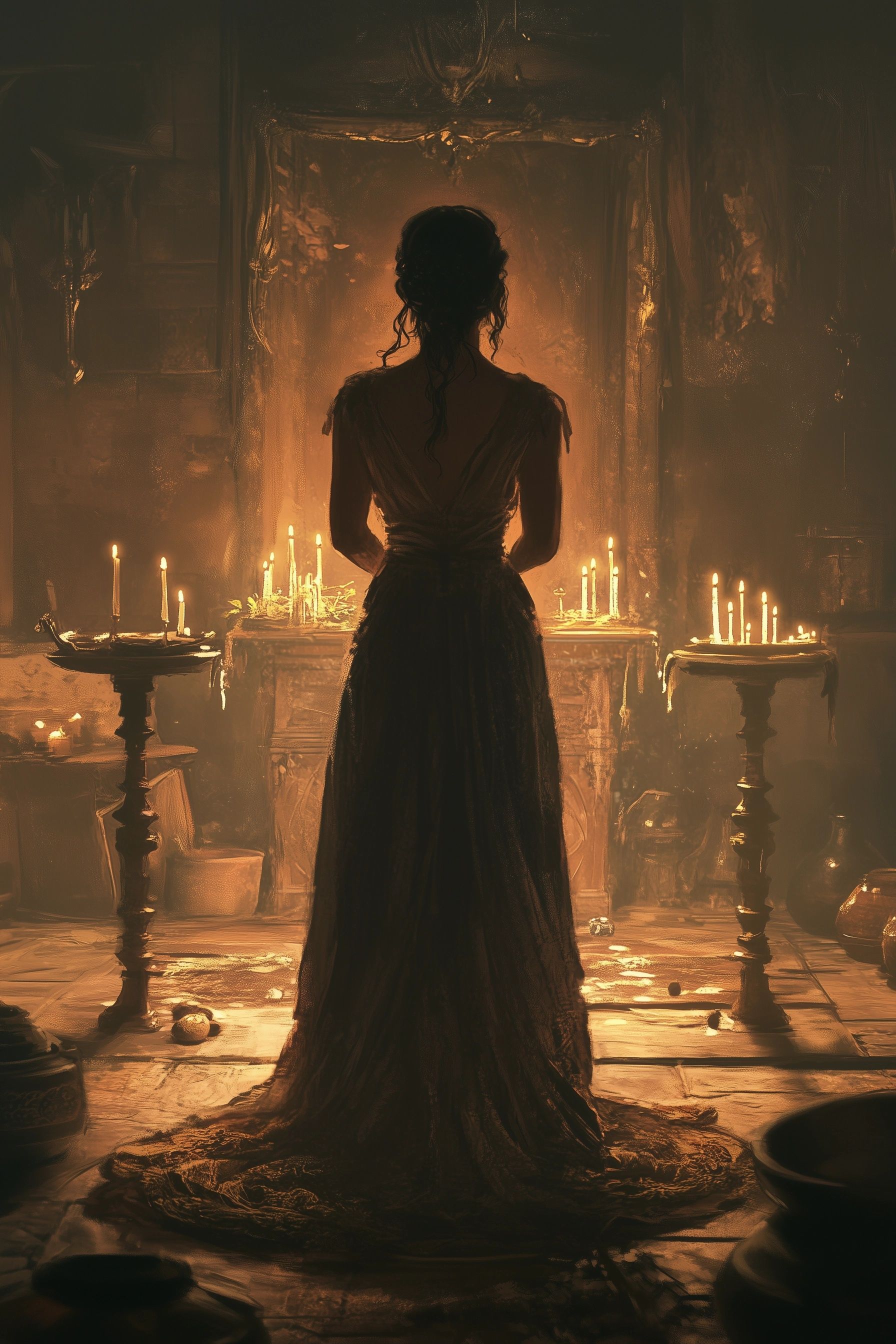
3. The Casket Girls of New Orleans
In the 1700s, a group of young French women arrived in New Orleans with oddly-shaped chests—or “caskets,” as they were called—earning them the nickname “The Casket Girls.”
They were sent by the French government as prospective brides for the settlers, part of an effort to "civilize" the colony. But people noticed something strange about these girls and their luggage.
Rumors spread that the caskets didn’t hold clothes or trinkets, but rather vampires.
The story goes that these girls brought more than their innocence to New Orleans; they brought something dark and dangerous.
The caskets were supposedly kept under lock and key at a convent, where legend has it the nuns discovered them open one night—with nothing inside.
Vampires, it seems, had made their way into the heart of the city.
A lesson for our modern lives:
This one’s a fascinating look at how society treats women who don’t fit into neat little boxes—literally, in this case.
The Casket Girls were outsiders, and their mystery made them both intriguing and feared, not unlike how we view powerful or unconventional women today.
The vampire angle might be a bit much, but the underlying fear of the "other" remains.
Also, let’s be honest: weird rumors spread like wildfire, whether it’s about French girls with mysterious caskets or the latest social media conspiracy.
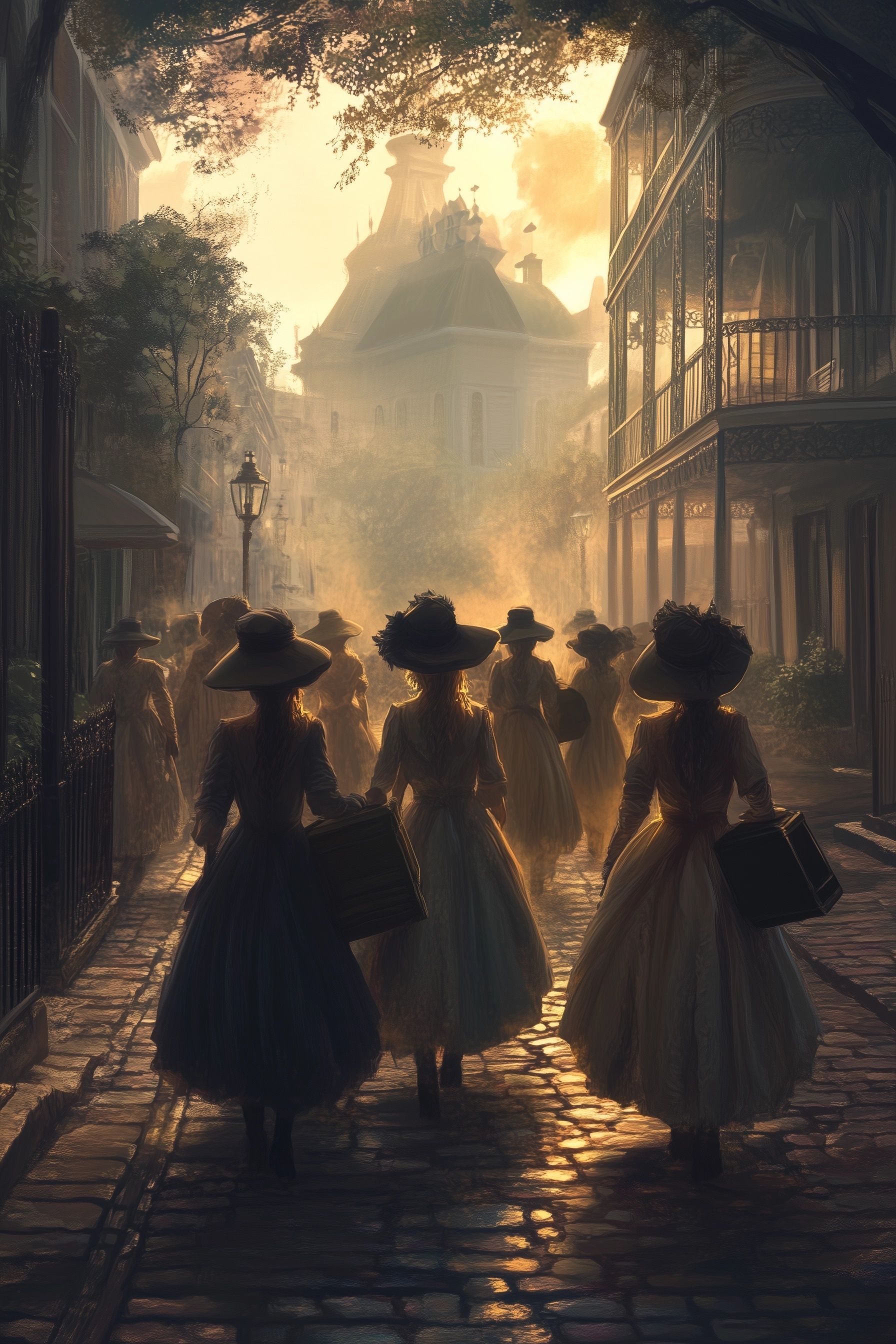
4. The Honey Island Swamp Monster
The Honey Island Swamp Monster is Louisiana’s answer to Bigfoot. According to legend, this creature roams the remote Honey Island Swamp, with yellow reptilian eyes, webbed feet, and a body covered in thick gray fur.
Allegedly, the first sighting was in the early 1960s by a pair of hunters who, of course, didn’t have a camera on hand.
Locals say the monster was born from a wild love affair between escaped circus chimpanzees and alligators (which, scientifically speaking, raises a few questions).
The swamp monster has been blamed for everything from mysterious animal deaths to strange noises at night. But much like other cryptids, it’s mostly a shadowy figure in the imagination—hard to pin down, easy to talk about.
A lesson for our modern lives:
Our fascination with cryptids says a lot about our need to believe in something beyond the mundane.
Whether it’s Bigfoot, the Loch Ness Monster, or this swampy beast, there’s something exciting about the idea that the world still holds a few secrets.
In a time when technology can track almost anything, the idea of an uncatchable creature is strangely comforting. It also gives us a reason to respect the natural world—and maybe not wander too far off the trail.
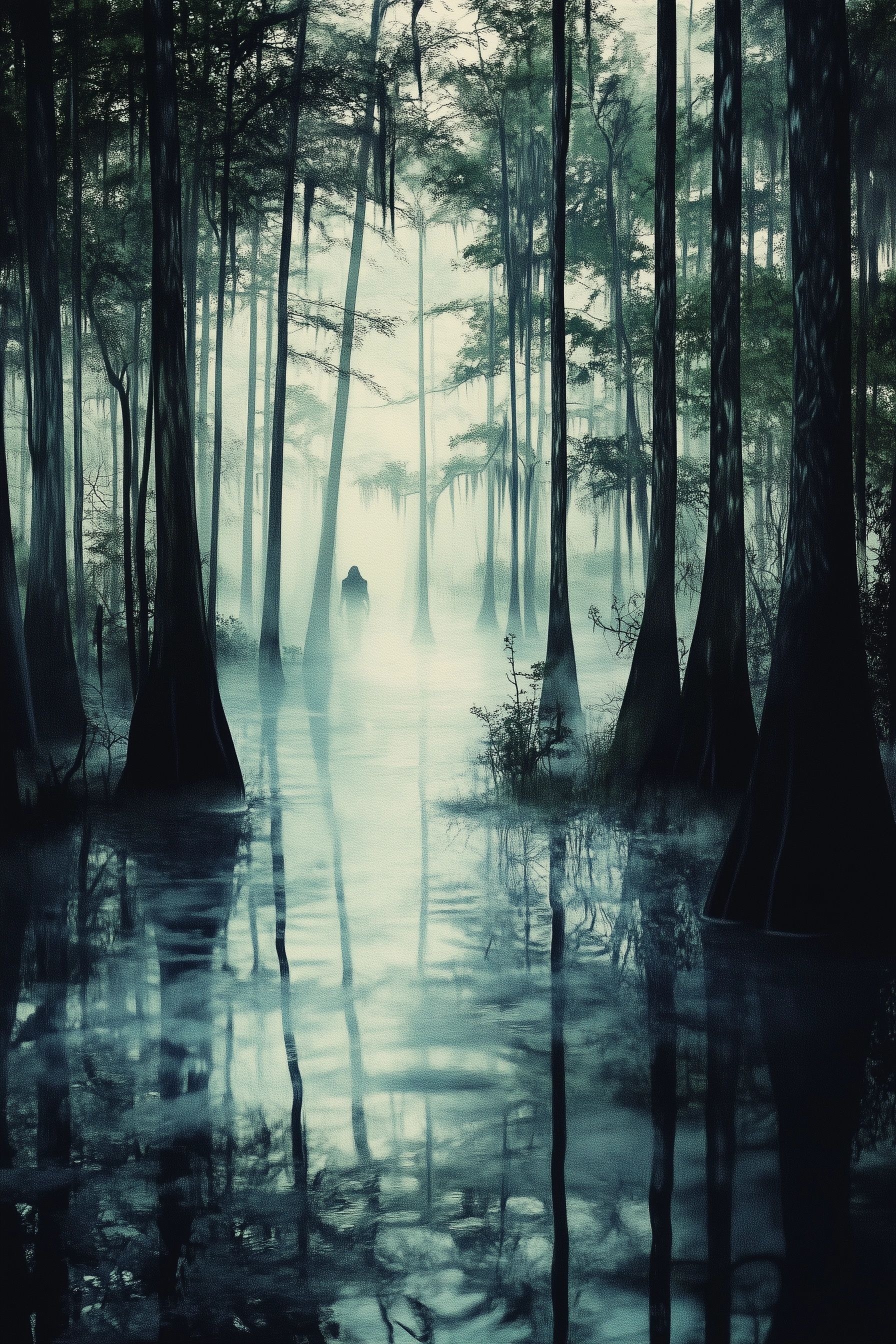
5. Evangeline: the story of Acadian exile
The story of Evangeline is one of love, loss, and a lot of wandering. It’s based on the real-life expulsion of the Acadians from Nova Scotia in the 18th century, many of whom ended up in Louisiana.
The poem "Evangeline" by Henry Wadsworth Longfellow immortalized this tale. Evangeline is separated from her fiancé, Gabriel, during the expulsion and spends years searching for him, only to find him on his deathbed.
This isn’t the feel-good story of the century, but it’s a powerful one. It represents the resilience of the Acadian people, who settled in Louisiana after losing their homes and Evangeline became a symbol of hope and endurance in the face of hardship.
A lesson for our modern lives:
The theme of displacement is more relevant today than ever, with refugees and migrants around the world facing similar challenges of losing homes and identities.
Evangeline’s journey speaks to the idea of holding onto hope even when everything else has been taken away.
On a more personal level, it’s also a reminder that sometimes life doesn’t go the way we plan—but that doesn’t mean we can’t find meaning in the journey.
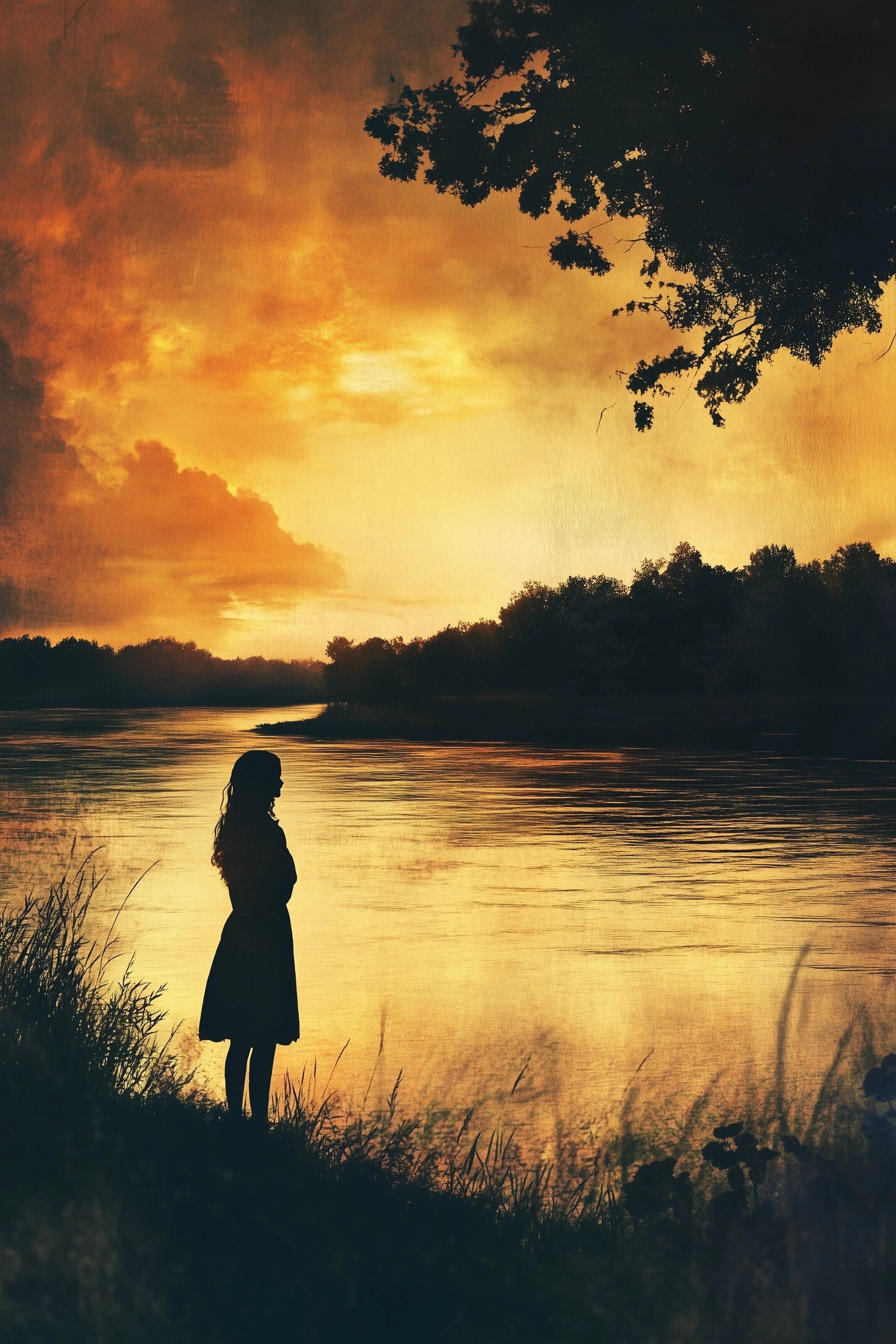
6. The Grunch - New Orleans’ Urban Legend
The Grunch is one of those urban legends that makes you question whether you’re reading a folklore tale or a bad sci-fi plot.
Said to haunt the outskirts of New Orleans, the Grunch is described as a cross between a goat and a human.
Some say it’s the result of inbreeding among a secluded group of people (which feels a bit more like an insult than an explanation), while others believe it’s a government experiment gone wrong.
This creature is known for attacking animals and draining their blood—kind of like Louisiana’s version of the Chupacabra.
Locals warn that if you’re ever out driving near Grunch Road and see a goat stranded on the side of the road, don’t stop. It could be a trap, and you don’t want to meet the Grunch up close...
A lesson for our modern lives:
The Grunch taps into our fear of the unknown and the strange things that might exist just beyond the city limits. In today’s world, it’s easy to dismiss these stories as mere entertainment, but there’s something to be said for urban legends.
They serve as a way to explain the unexplainable—and maybe, to remind us that not everything needs an answer.
Plus, it’s a solid excuse to avoid picking up random goats from the side of the road...

7. Jean Lafitte - the pirate and the patriot
Jean Lafitte is one of those historical figures who blurs the lines between hero and villain.
Born in the late 1700s, Lafitte was a pirate—or, if you ask him, a "privateer"—operating in the Gulf of Mexico. He made a fortune smuggling goods and was known for his connections to New Orleans' underworld.
But then, in a twist worthy of a Hollywood script, Lafitte helped defend the city from the British during the War of 1812, earning him a pardon from the U.S. government.
He went from outlaw to war hero, though he never quite gave up his pirate ways.
Lafitte’s life was shrouded in mystery. After his death—or supposed death—rumors circulated that he had faked it and continued his smuggling operations under a different name.
The man might have been a scoundrel, but he knew how to keep things interesting.
A lesson for our modern lives:
Lafitte’s story is a reminder that history often celebrates people who play by their own rules—especially when they’re good at it.
He walked the line between criminal and hero and that’s a line we still see people walk today, whether in politics, business, or entertainment.
It also highlights the idea that sometimes, the end justifies the means. After all, who doesn’t love a pirate with a heart of gold?

8. The Legend of LaLaurie Mansion
If you’re into haunted houses, the LaLaurie Mansion in New Orleans is probably on your list. The story behind it, however, is less "spooky fun" and more "horrific history."
Madame Delphine LaLaurie was a high-society woman in 19th-century New Orleans, known for her wealth and influence. But behind the glamorous façade was a brutal secret: LaLaurie was torturing enslaved people in her mansion’s attic.
The truth came to light when a fire broke out at the mansion, revealing her cruelty to the public.
The mansion has been the subject of ghost stories ever since, with people claiming to hear screams or see ghostly figures in the windows.
It’s become one of the most haunted and infamous locations in the city, but the real horror is in the history behind the legend.
A lesson for our modern lives:
The LaLaurie Mansion is a stark reminder of how cruelty can hide behind the veneer of privilege.
In an era of reckoning with systemic injustices, the tale of LaLaurie feels uncomfortably familiar. Sometimes, the ghosts aren’t just in the attic; they’re in the stories we tell ourselves about the past.
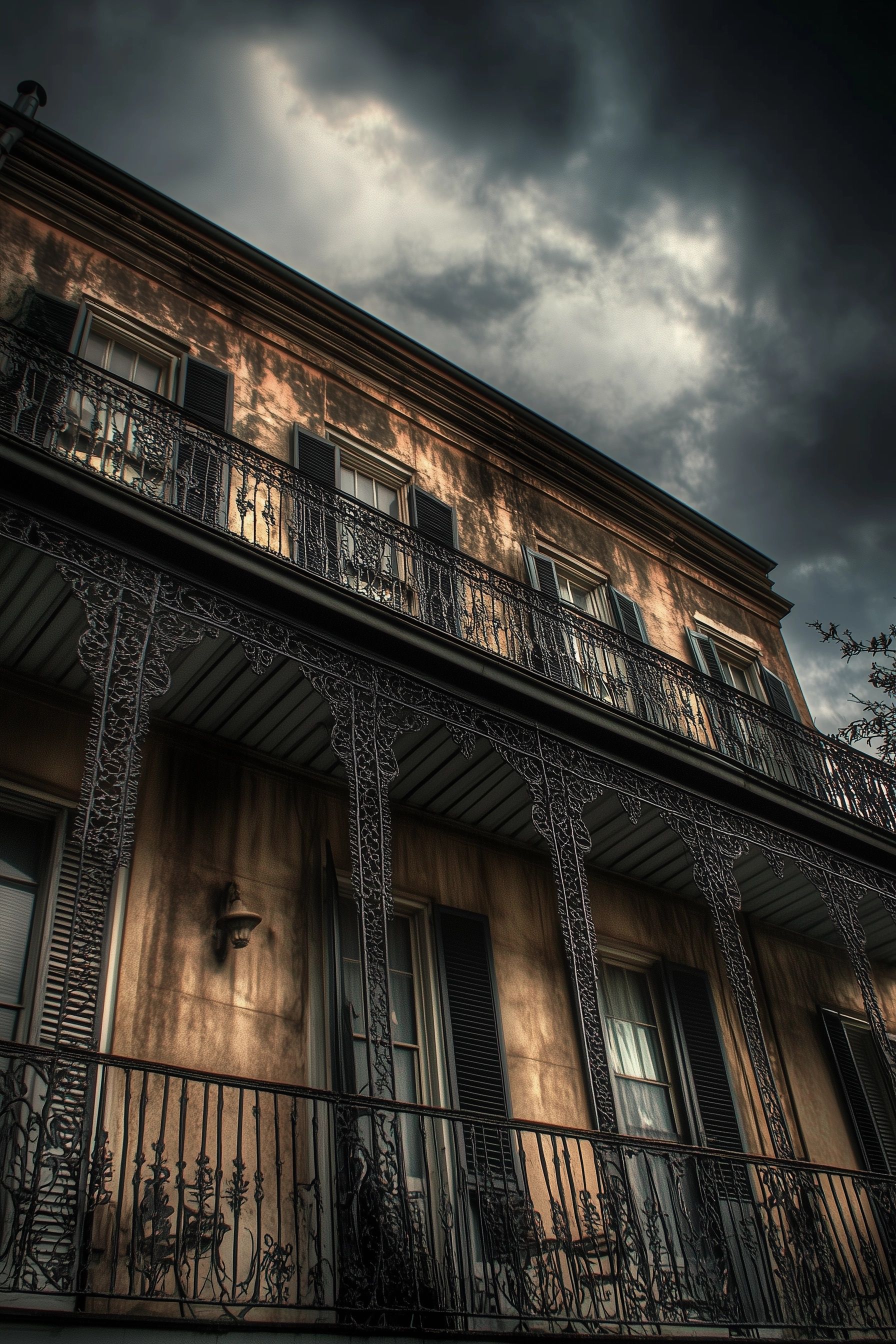
9. The Loup-Garou of Prairie Laurent
The Loup-Garou, a variation of the werewolf legend, has deep roots in Cajun folklore.
While the Rougarou is more widely known, the tale of the Loup-Garou of Prairie Laurent is a specific, lesser-known version.
The legend tells of a man cursed to transform into a fearsome wolf-like creature each night, stalking the small farming community of Prairie Laurent in the rural reaches of Louisiana.
Unlike the general tales of werewolves, this Loup-Garou was said to be a man wronged by the community, seeking revenge on those who betrayed him.
Some believe the curse can only be broken if someone wounds the beast without killing it, thus freeing the man trapped within the monster.
A lesson for our modern lives:
The story speaks to the timeless idea of vengeance and redemption, along with our deep-rooted fear of those we wrong.
In today’s world, it could be seen as a warning about the consequences of letting grudges fester - both on a personal level and in society.
Plus, the Loup-Garou adds to Louisiana's wealth of shapeshifting creatures, reminding us that we’re never far from our primal instincts.

10. The vampire of Bayou Goula
Bayou Goula, a small community along the Mississippi River, is home to a vampire legend that has flown somewhat under the radar compared to other Louisiana tales.
The story goes that a mysterious stranger arrived in the town in the early 1800s, charming the locals but raising suspicions when a string of deaths followed his appearance.
The bodies of the victims were said to have been drained of blood, and rumors began to circulate that the stranger was a vampire.
One day, the stranger vanished as mysteriously as he had arrived, leaving the town on edge and forever suspicious of outsiders with particularly sharp teeth.
Unlike the more famous tales of European vampires, this Louisiana vampire didn’t brood in castles but prowled the humid, murky bayous.
A lesson for our modern lives:
The Vampire of Bayou Goula is a classic "fear of the outsider" story, a theme we still see today in various forms.
Whether it’s a new neighbor, a foreign concept, or even a new technology, the unknown can be unsettling.
This story also taps into our cultural obsession with immortality and youth—vampires remain a popular symbol of eternal life and who wouldn’t want to look 25 forever?
Just, you know, without the whole blood-drinking thing.
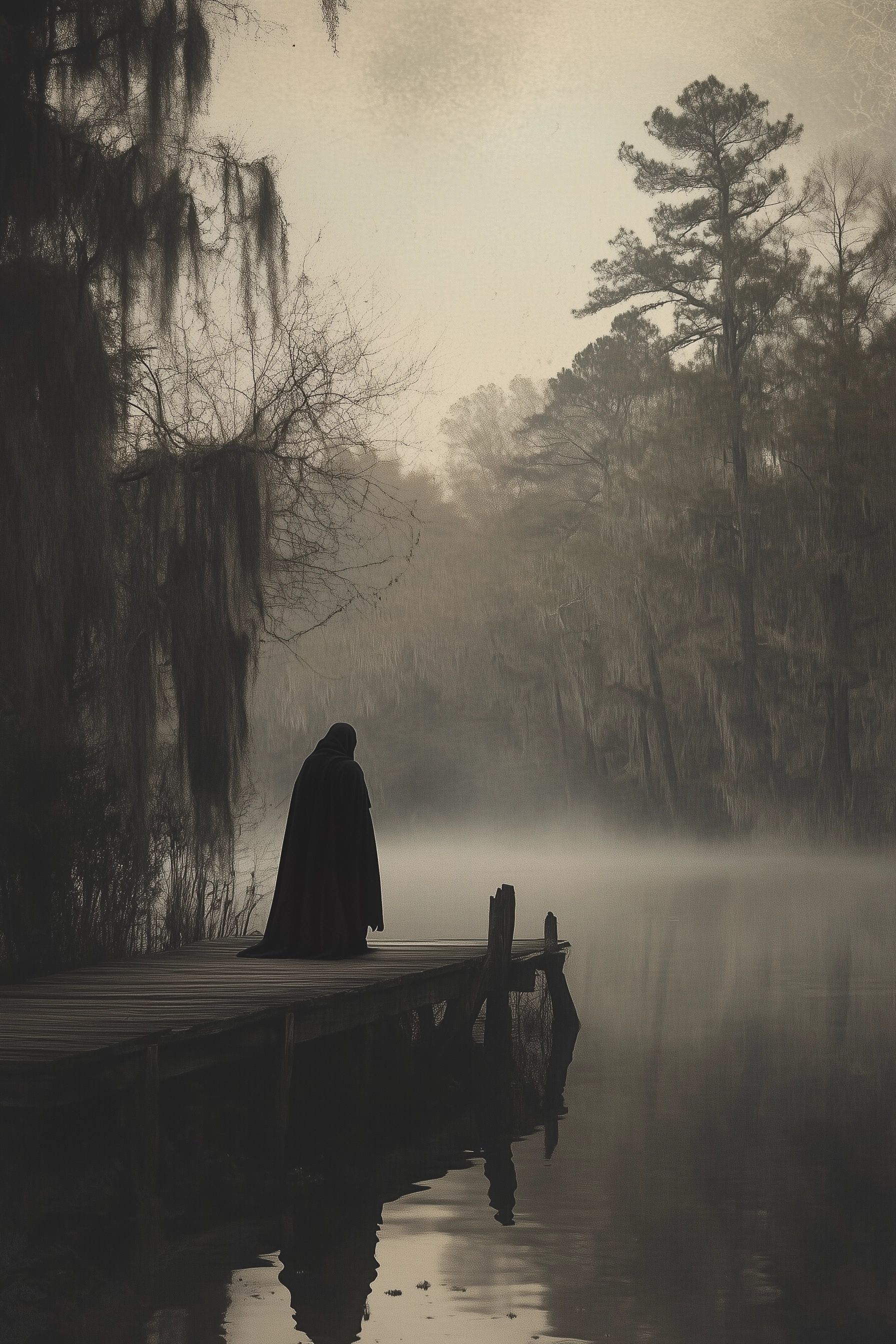
11. Julia Brown - the witch who cursed Frenier
Julia Brown was a voodoo priestess who lived in the small community of Frenier, located near the edge of Lake Pontchartrain.
By all accounts, she was a helpful member of the community, using her magic to heal the sick and assist those in need. However, like many stories of powerful women, hers took a darker turn.
As the legend goes, Julia became bitter toward the town in her later years and famously declared that when she died, she would take the town with her.
On the day of her funeral in 1915, a powerful hurricane hit, wiping out much of Frenier and killing many of its residents.
Some say it was Julia’s curse that brought the storm, while others chalk it up to coincidence.
Either way, the legend of Julia Brown has endured, and her name is still spoken with a mixture of fear and respect.
A lesson for our modern lives:
This is one of those stories that blurs the lines between folklore and real events, and it speaks to the power of belief.
Whether you think Julia Brown really cursed the town or not, her story is a reminder that words—and the intentions behind them—carry weight.
It’s also a good lesson in not underestimating people, especially those who seem to possess a little something extra.
You never know when a storm might be brewing.
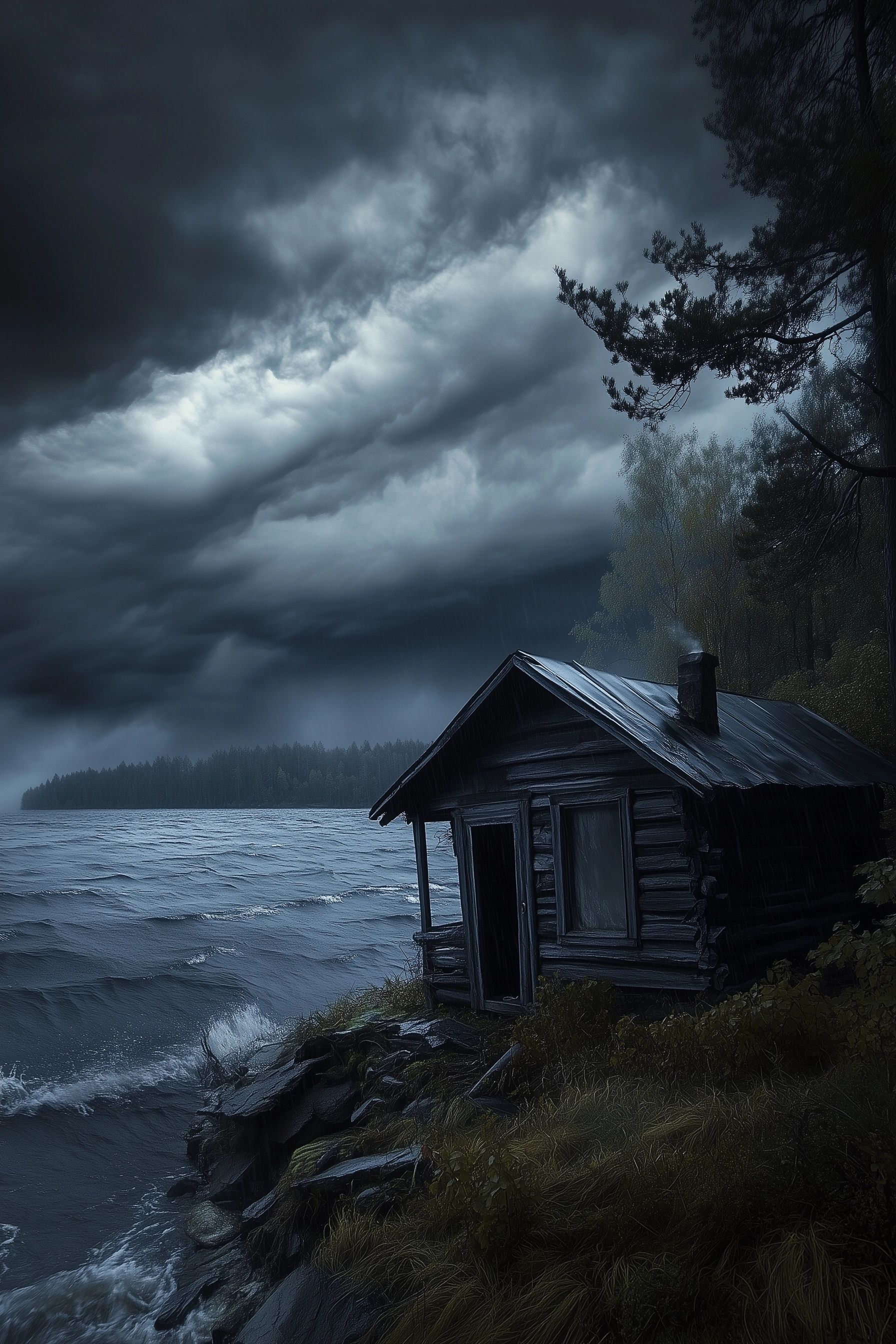
12. The Devil Man of Algiers
In the early 20th century, the Devil Man of Algiers terrorized the neighborhood across the river from New Orleans.
Described as a tall figure with pointed ears, glowing red eyes, and a long cape, the Devil Man reportedly attacked women walking alone at night, leaving claw-like scratches as his calling card.
Despite multiple sightings, the Devil Man was never caught, leading to wild speculation about whether he was human or something far more sinister.
While many believed the Devil Man was a local criminal using the guise to instill fear, others insisted that the creature was supernatural, perhaps even the devil himself, roaming the streets of Algiers to claim souls.
A lesson for our modern lives:
The Devil Man story taps into urban legends of mysterious attackers—modern-day "boogeymen" who prey on our fears of the unknown.
In a world still grappling with questions of safety, particularly for women walking alone at night, the story feels chillingly relevant.
It’s a reminder that sometimes, the scariest monsters are the ones that walk among us, unseen until it’s too late.
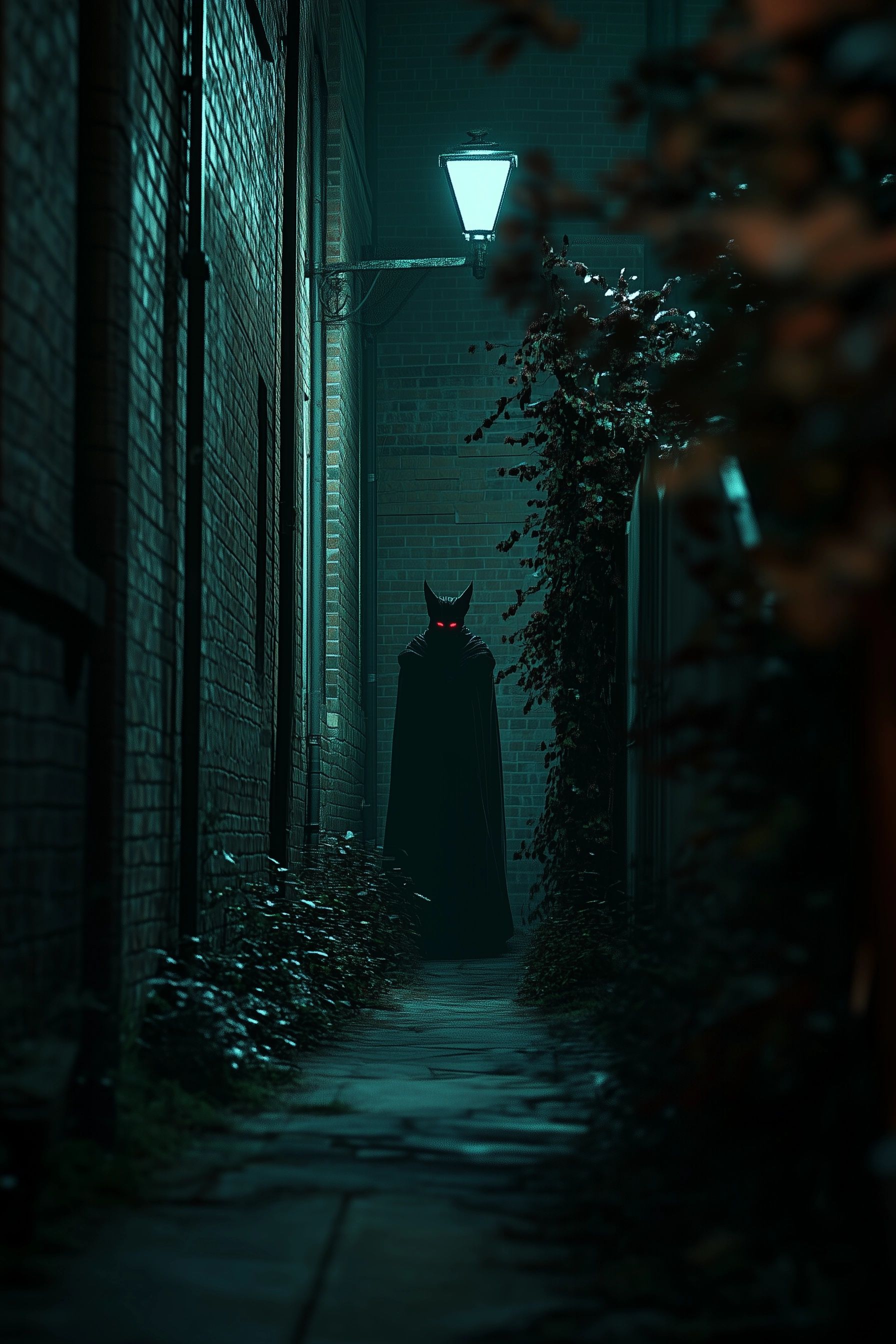
Louisiana’s folklore is a colorful blend of history, mystery, and a touch of the supernatural. From Cajun folklore creatures lurking in the swamps to haunted plantations and cursed towns, these stories serve as more than just eerie entertainment. They reflect the deep cultural roots and complex history of the region, mixing French, African, Native American, and Spanish influences.
Whether they’re cautionary tales, explanations for the unexplainable, or just a way to pass the time on a humid bayou night, Louisiana’s legends remind us that storytelling is how we make sense of the world.
These myths and monsters might feel far removed from today’s reality, but if you look closely, their lessons still apply. So next time you’re in Louisiana, maybe take a moment to listen to the wind in the oaks, avoid lonely goats on the roadside, and, just for good measure, keep one eye out for the Rougarou.


